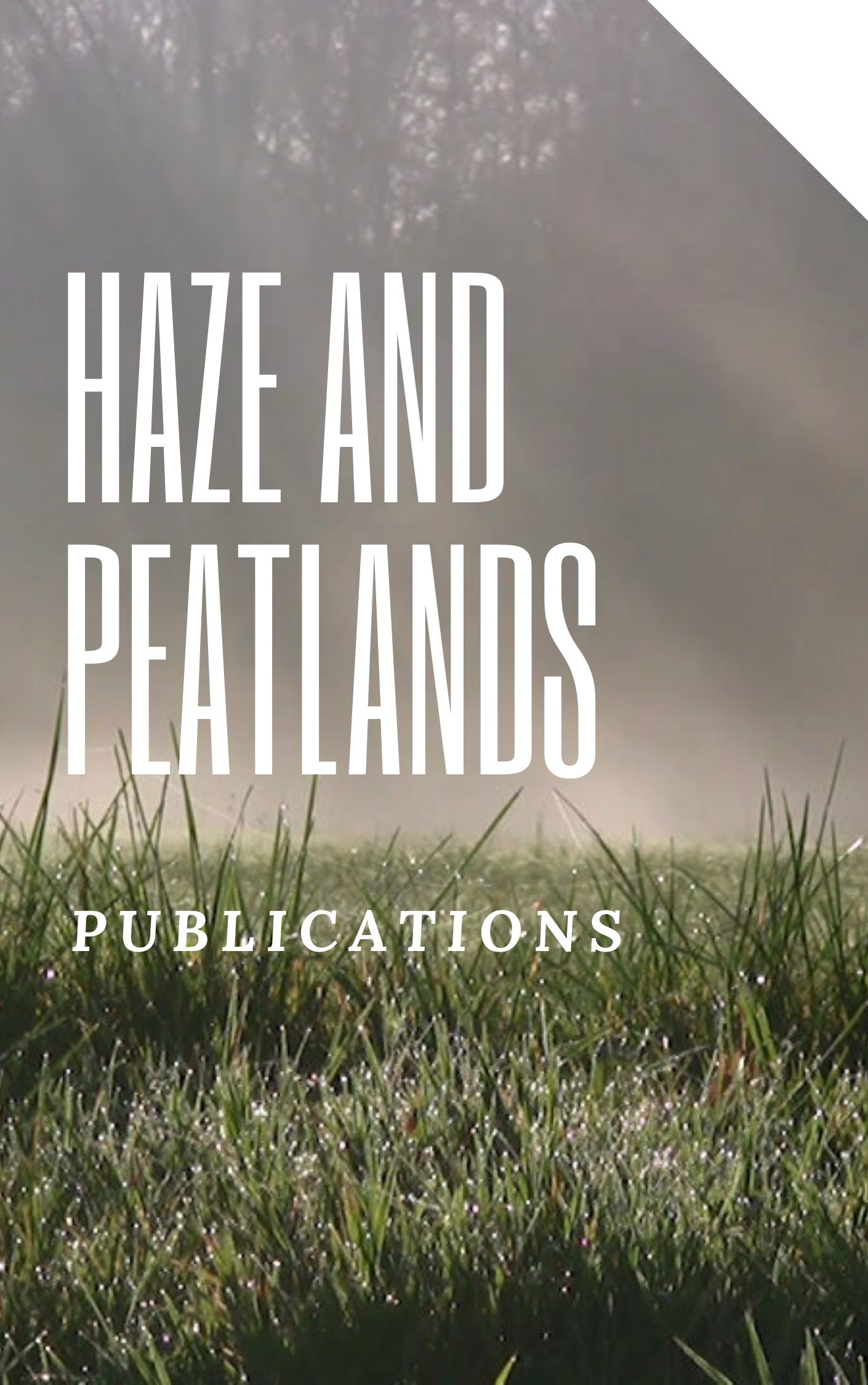Deposits of peat underneath peat swamp forests are among the world's largest reservoirs of carbon. Although tropical peatlands occupy only about 0.3% of the global land surface, they could contain as much as 20% of the global soil carbon stock, representing 63-148 Gt of carbon. Peat swamp forests are among the worlds most threatened and least known ecosystems. In Southeast Asia large areas of peat swamp forest have been deforested, converted for agricultural projects or into plantations (such as oil palm). Drainage through canalisation has frequently severely disrupted water table level dynamics, resulting in CO 2 emissions due to oxidisation and vulnerability to fire, especially during 'El-Niño' years. Water management is essential in addressing disturbances and rehabilitation of degraded tropical peatlands. Radar satellite observations can be made frequently, also in the wet season. Because of a certain level of penetration of the radar waves, also observation below the canopy is possible. Particularly the L-band sensors on board the former JERS-1 and ALOS-1 satellites are superior to all other spaceborne sensors for assessment of flooding and drought conditions and, thus, hydrological cycles. © Springer Science+Business Media B.V., part of Springer Nature 2018. All rights reserved.
View source

